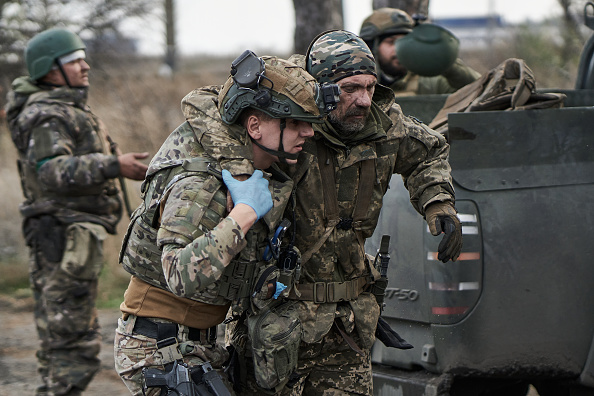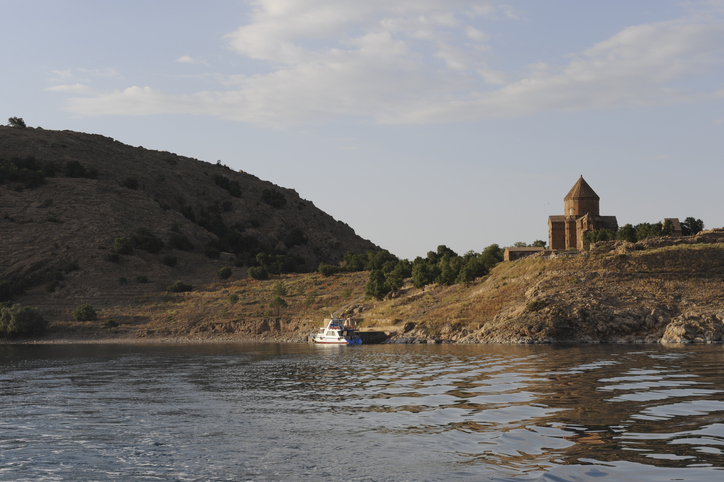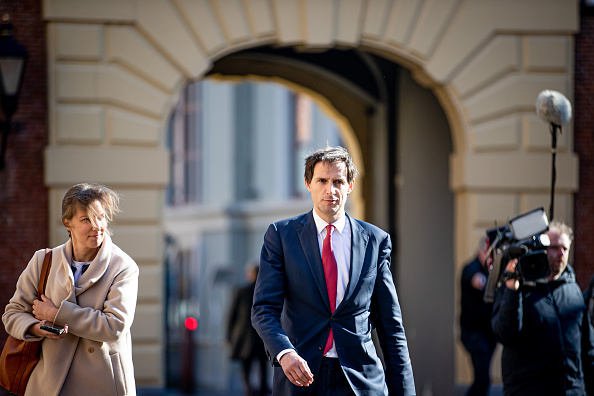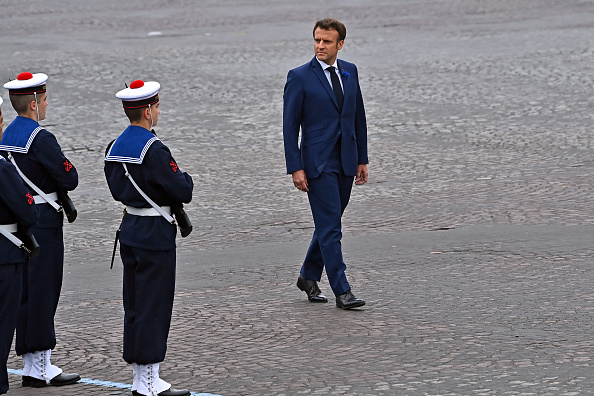The entire Armenia-Azerbaijan border has suffered five consecutive nights of firefights in a major escalation of conflict following a European Union announcement on April 5 of an aid package intended to draw Armenia into the bloc’s orbit and away from Russia.
As of writing, the latest incident was at 10am on April 9, with the Azeris claiming the Armenians started it and they simply returned fire.
The €270 million, four-year EU support deal was offered during three-way talks in Brussels between European Commission President Ursula von der Leyen, US Secretary of State Antony Blinken and Armenian Prime Minister Nikol Pashinyan.
The US, for its part, offered an additional one-year $65 million package.
The EU was “delivering on a promise we made last October … to stand shoulder to shoulder with Armenia”, said Von der Leyen.
EU High Representative Josep Borrell said Brussels was willing to take “our Armenia-EU Partnership Agenda to the highest possible level”.
Russia replied immediately, labelling the bloc’s tightening relationship with Armenia “irresponsible and destructive”.
Russian Telegram online channels over the weekend of April 6 broadcast images of Armenian strongholds along the border in what analysts called an attempt to provoke Azerbaijan into attacking before Armenia could finish fortifying its side of the border.
On April 7, Edmon Marukyan, a former Armenian MP and current ambassador-at-large, said: “For several days now, Azerbaijan has been shooting at Armenian positions and spreading information that it is Armenia who is shooting.”
He said Azerbaijan would “initiate a provoking aggressive escalation at some parts of Armenia-Azerbaijan border”.
For Azerbaijan’s part, Aykhan Hajizada, its foreign ministry spokesperson, blamed “military provocations” by Armenia, saying its “military fortifications” of the border and “policy of mass militarisation” were “illegitimate and pose a threat to our country”.
Each day from April 5 to 9, Azerbaijan’s ministry of defence issued statements that Armenian forces had fired at its positions across the border. Each time it said Azerbaijan’s army “took adequate retaliatory measures”.
European leaders have mainly stayed resolute in support of Armenia, despite the current flare-up of tensions.
The French Government said Azerbaijan could be attempting to launch a new offensive.
“Armenia is pivoting to the West. It’s time for Europe to step up,” wrote NATO former Secretary-General Anders Fogh Rasmussen in an op-ed piece for Le Monde newspaper on April 3.
Turkey’s President Recep Erdoğan, a long-term ally of Azerbaijan, has criticised the EU and US for meeting the Armenian leader without including Azerbaijan’s.
If the EU and US supplied Armenia with arms, Istanbul would triple its military support to Azerbaijan, the head of Turkey’s NATO delegation Mevlüt Çavuşoğlu said April 7.
A rare EU voice to take Azerbaijan’s side has been Italy’s deputy foreign minister Edmondo Cirielli, a member of Prime Minister Giorgia Meloni’s Fratelli d’Italia party.
Cirielli praised Azerbaijan’s “responsible attitude” but in particular its decision to host November’s upcoming COP29 climate-change conference, while criticising French and US support for Armenia.
Pashinyan will still face obstacles in pulling Armenia out of the Russian-led Collective Security Treaty Organisation (CSTO) formed in 2002, as he suggested he would do on March 12, partly because there are still Russian troops in Armenia.
Armenia “will leave” the alliance if it does not address its collective security concerns, Pashinyan said.
In theory, Article 4 of the CSTO says if one of the six member states experiences aggression, all members must come to its assistance.
Still, although Azeri forces occupy several villages within Armenia’s internationally recognised borders, the CSTO has not intervened in the countries’ recent dispute.
Regarding the CSTO’s usefulness, Pashinyan also drily noted Russian forces deployed in a peacekeeping capacity in Nagorno-Karabakh did not prevent Azerbaijan from recapturing the region in a one-day military campaign in September.
With the EU coming more strongly to Armenia’s aid, the Government in Yerevan may also be encouraged by the presence of around 200,000 Armenian-Americans scattered across Arizona, Georgia, Pennsylvania, Michigan, Nevada and Wisconsin in the US.
All are key battleground states in what looks set to be a close November US election.
Despite their presence, President Joe Biden “has lost the trust of Armenian-Americans. If he wants to earn our vote back, he has a lot of work left to do”, said Stephan Pechdimaldji, a public relations professional in San Francisco.
Von der Leyen and Borrell’s meeting with PM Pashinyan in Brussels on April 5 was “to reaffirm support for Armenia’s sovereignty, democracy, territorial integrity, and socio-economic resilience”, a European Union spokesperson told Brussels Signal.
“A more stable Armenia means a more stable South Caucasus, which is in the interest of all countries of the region,” added the spokesperson.





